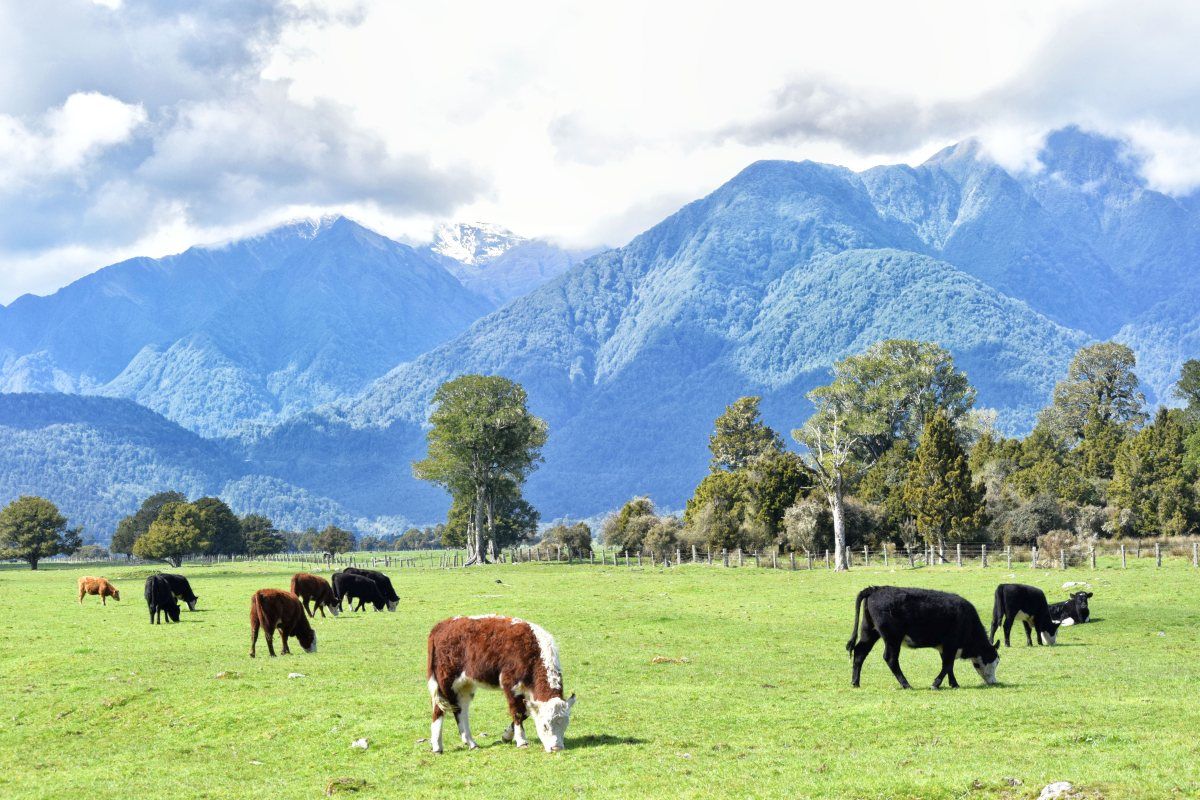Part 1: Background.
A suggested path for improving New Zealand’s water quality and reducing global warming gas emissions, starting now. Part 1: Background. (Part 2: increasing soil C).
In the 35 years since the future importance of agricultural exports was dismissed by the government of the day, we have instead become increasingly dependent on it to maintain anything like the standard of living we expect. But if we do not get serious about making changes voluntarily, massive changes will ultimately be forced on us by our export markets refusing to buy from us.
Government thinking doesn’t seem to have progressed beyond deciding to give agriculture 2 options to have carbon taxes imposed; on farmers directly by taxing individual farmers directly for their own farm’s emissions, or indirectly by taxing the food processor.
OK, both of these will in due course start putting pressure on farmers to find ways to reduce emissions themselves as carbon taxes rise ever higher, but both options will be far too slow to meet the demands of increasingly tough international trade and emission agreements. Our food production costs post-tax will increase very significantly. And just imagine the massively time-consuming and hugely expensive bun-fight there is going to be to get agreement on how the emissions from all the individual farms are to be calculated, if that option is chosen!
Countries that instead are taking bold decisions right now to actually implement mitigation practices that will reduce their emissions efficiently will have less carbon tax to pay or trade, and so will become increasingly more competitive, taking our markets off us as we play catch-up.
What we are all praying for is a solution to the belching of methane by cattle and sheep to be found quickly. NZ has requested that methane be treated as a separate issue from CO2 and N2O, but this may well come back to bite us if a solution is not found quickly. The product produced in Australia for adding to animal feed appears to reduce methane emissions by up to 80%, but the challenges of feeding it to grazing animals (except maybe cows in milk), especially in hill country have not been seriously investigated.
Alternative approaches like selecting for lower methane emitting animals are likely to be ten to fifteen years way from market, given the many field trials comparing production that will be required with whatever number of low-emitting versions of cows, beef cattle and sheep can be developed. Feeding seaweed extracts and or/my idea of adding 1kg/day allophane-rich subsoil to the mixed grain feed to cows during milking may yet turn out to be a simpler and cheaper solution. Unlike most other clays, allophane has the ability to buffer acidity and provides an excellent surface for excess H+ ions to collect on, possibly avoiding the need for the rumen to get rid of free H+ as methane, which also happens to take 12-15% of the dietary energy with it.
Part 2. Allophane application; an effective ready-to-go mitigation
We are getting agricultural methane EMISSIONS under control, but the WARMING effect of these emissions from the rapid increase in cow numbers from 1990-2015 will continue for another 12-30 years or so before they plateau. Therefore NZ needs to compensate for this by reducing CO2 emissions faster than would otherwise be the case, or face paying much higher carbon taxes.
By 2040, small-medium Thorium-fueled MSRs (or similar safe nuclear designs) will enable NZ to produce its baseload electricity needs (above what current hydro can do) with minimal emissions. This will make viable new industries that need constant supply of electricity, get rid of coal, and make it logical to use EVs for land transportation. But what to do in the meantime?
The answer, waiting for decades to be found by joining the already scientifically-proven dots, is to increase sequestration of atmospheric CO2 in ALL grazed pasture soils via the regular (eg annual) application of allophanic clay. Logically, this would be mixed with fertiliser to limit increases in spreading costs.
Why allophane? The equilibrium quantity of carbon that can be stored in grazed pasture topsoils as organic matter (55-60% carbon) is very largely a function of (i) rainfall/irrigation; (ii) soil clay (ie, fine particle) content and the specific type(s) of clay present; and (iii) the pasture species used.
Most of the clay in soils developed from volcanic ash is in the form of an aluminium-iron-silicate which weathers to ‘allophane’ – tiny hollow spherical and tubular particles with a remarkable ability to stabilise (sequester) CO2 via decomposed organic matter for hundreds of years. Allophanic soils reach an equilibrium soil C content about double that of other soils, over a period of 10-20 years after pasture establishment.
Under NZ’s grass/clover pastures, almost all the accumulated carbon is in the top 300mm (as this is the deepest the roots go to). Half of this is in the top 75mm or so. Below 300mm, the allophane will only sequester C if deeper-rooting plants are sown.
So we need to excavate this subsoil, screen out the clay, and apply it regularly to all pastures with the maintenance fertiliser. Each kg of allophane applied will sequester long term a similar amount of CO2 from the atmosphere. Developed NZ pasture soils lose from 2000kg of CO2 per ha annually (hill country) up to 4000kg under dairying. So 200-400 kg/ha of allophanic clay applied annually would reduce agriculture’s CO2 emissions by10%. Larger amounts will be needed to save our peat soils.
And there’s more! Allophane application will reduce the amount of maintenance lime required by 50% or more because of its high pH-buffering effect – therefore covering most of the allophane cost – AND greatly reduce P and sulphate run-off and leaching, because of its very high P retention (aka ASC).

